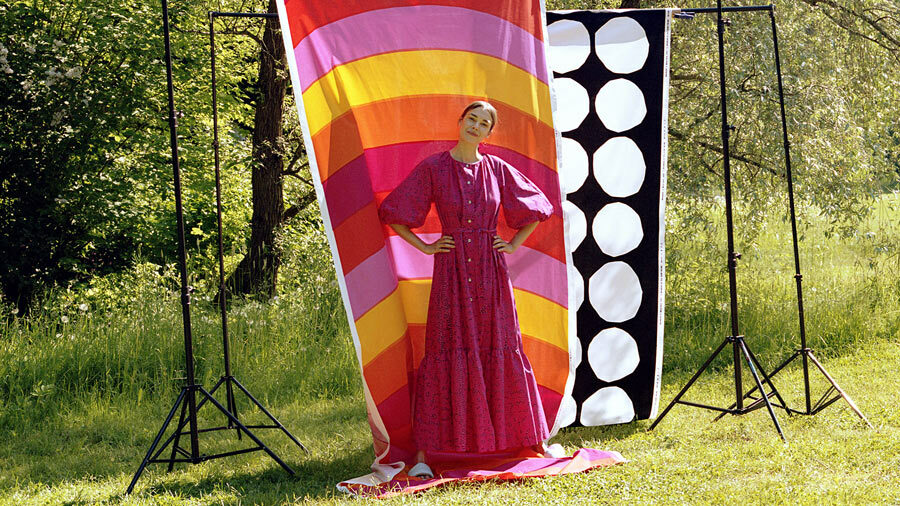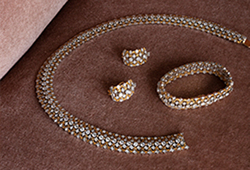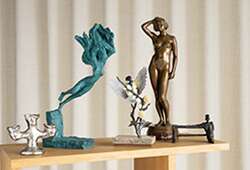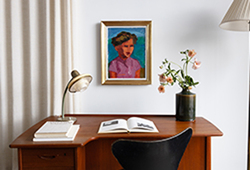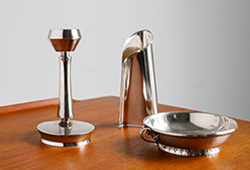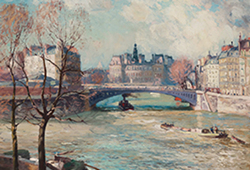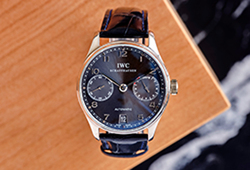Bukowskis & Marimekko in conversation with artist Erja Hirvi
Bukowskis & Marimekko
The Artists Who Shaped Us Erja Hirvi
For a Marimekko-themed auction titled 'The Artists Who Shaped Us', few other creatives embody that label as well as Erja Hirvi. Considered one of Finland’s most prolific textile and print designers of her generation, she has left her signature on Marimekko print design since 1995 – an entire two years before she even graduated from university.
The Helsinki-based designer is perhaps best known for her print designs, but Hirvi has also created objects from cast iron, glass, ceramics, wood and beeswax. Since the 90s, she has created more than 160 patterns in collaboration with several Finnish companies, including Marimekko and Samuji.
Erja Hirvi’s work has been showcased in a variety of exhibitions and publications around the world. Most recently, she was awarded Textile designer of the Year 2021 by The Finnish Association of Textile Artists TEXO.
We caught up with Hirvi to ask about her relationship with Marimekko, her creative process and the artworks she’s chosen for this auction.

How would you describe your work?
– I cannot describe it, but it’s a result of my targets of interest. Fabric designs come out when I filter things I like and see.
Where do you find your inspiration? Looking at your work, nature seems to be an ongoing topic.
– Inspiration can come from anywhere, really. Nature is a vast thing around us, and it’s hard to ignore it, but I would rather use the word surroundings.
I have made patterns out of burned milk in a kettle, shoe imprints in snow, and chipped paint on a table. When it comes to a plant or any other thing surrounding us, I mostly observe and pay attention to the details. There is always a whole new world in places where you wouldn’t expect.
Born and raised in Finland, what are your first memories of Finnish design and Marimekko?
– I grew up in the countryside. Our home was decorated with a mixture of traditional peasant furniture and everyday Finnish design from brands like Arabia and Iittala. I particularly remember a lovely ashtray by Helena Tynell. I actually only found Marimekko more broadly when I started my studies at the University of Art and Design in Helsinki.
You have worked with Marimekko since 1995. Do you remember how the first collaboration came about?
– Yes. First, I made an appointment with art director Hilkka Rahikainen to show her my handprinted fabrics. That wasn’t a big success. But later, I invited her and Kirsti Paakkanen, who was CEO at the time to an exhibition where I had some quite extraordinary handprinted fabrics on display. It was a co-exhibition with my friend who presented a large glass installation.
To my surprise, Hilkka came with textile designer Kristina Isola. Shortly after the visit, she called my university to meet me again.

Erja Hirvi, 'Growth'. Sign. -19. Oil on canvas 150 x 100 cm.
Have you had any personal or artistic intentions about what you wanted to bring into the Marimekko universe?
– That’s a bit of a tricky question because the creative director always plays a guiding role in each collaboration. But of course, as a designer, I have brought myself and my artistic vision to Marimekko.
What is it about Finnish design that seems to resonate so well with people from around the world?
– That’s a really difficult question. Marimekko founder Armi Ratia used to say that the secret to Marimekko was “kept under the printing table.” Perhaps that’s where we’ll find the answer.
Do you have a personal favourite among your pattern designs for Marimekko? And if so, can you tell us why that is?
– I like all the patterns that I succeeded to finish according to my idea because that’s not always easy.
But I really like Päiväntasaaja, Kumina, Hiisi, Rukki, Ikkunaprinssi specifically one colourway that was never produced, Kaakaopuu, and Pihapuu, to name few. Funny but the colourway really affects my likings a lot!
Can you take us through your process towards a design? Do you start with a clear idea, or does the idea take shape as you go deeper into your work?
– I always have an idea, and it’s sometimes more sudden, like a flash or an idea that I start cultivating. In the beginning, the idea often contains more elements than necessary, and then I start reducing them.
My sketches are quite funny and messy and small, so it can be quite laborious to get the final design ready. Sometimes the idea is so clear that I only need to paint or draw the original.
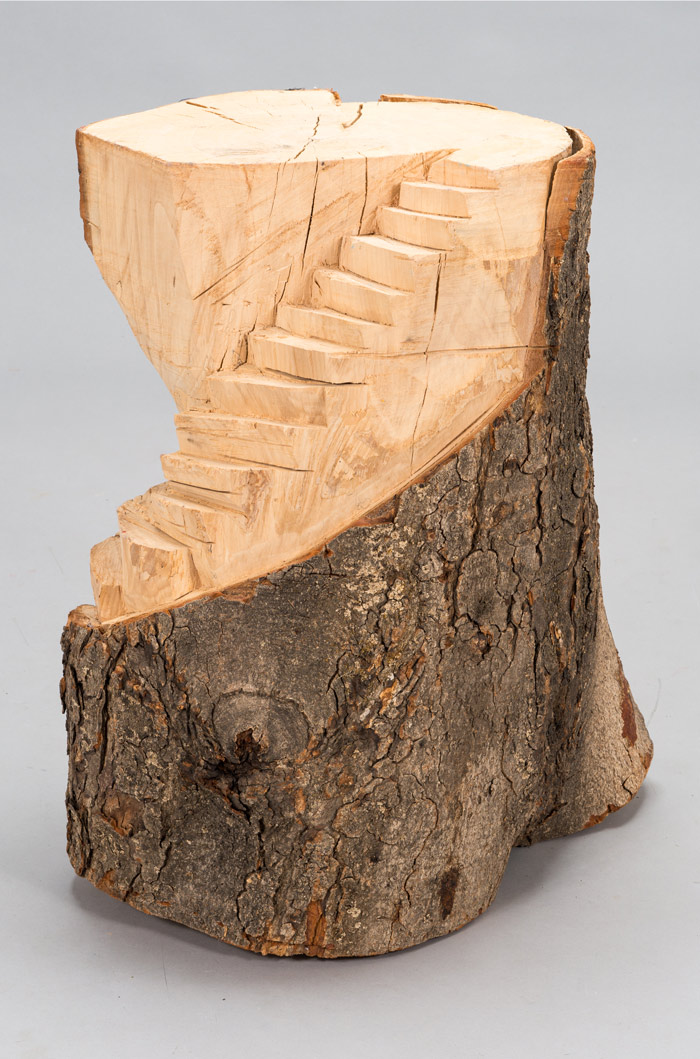
Erja Hirvi, "Selfportrait as a staircase". Sign. -19. Ash tree, height 69 cm.
What’s the latest thing you were really excited about?
– When I was scrolling images of French country houses recently.
Would you like to tell us about the piece you selected for this auction?
– I’ve picked a large painting of a garlic, called Kasvu/Growth. It’s wonderful how the instruction of growth and all the forms and colours are inside one seed, in this case, inside a clove.
The other work is a sculpture made out of horse chestnut titled Omakuva Portaikkona/ Self Portrait as a Staircase. It’s a bit difficult to explain, but I can identify myself in it.
Browse and bid

Estimate
600 EUR

Estimate
2 000 EUR

Estimate
200 EUR

Estimate
800 EUR

Estimate
1 800 EUR

Estimate
400 EUR

Estimate
5 000 EUR

Estimate
300 EUR

Estimate
1 500 EUR

Estimate
1 400 EUR
